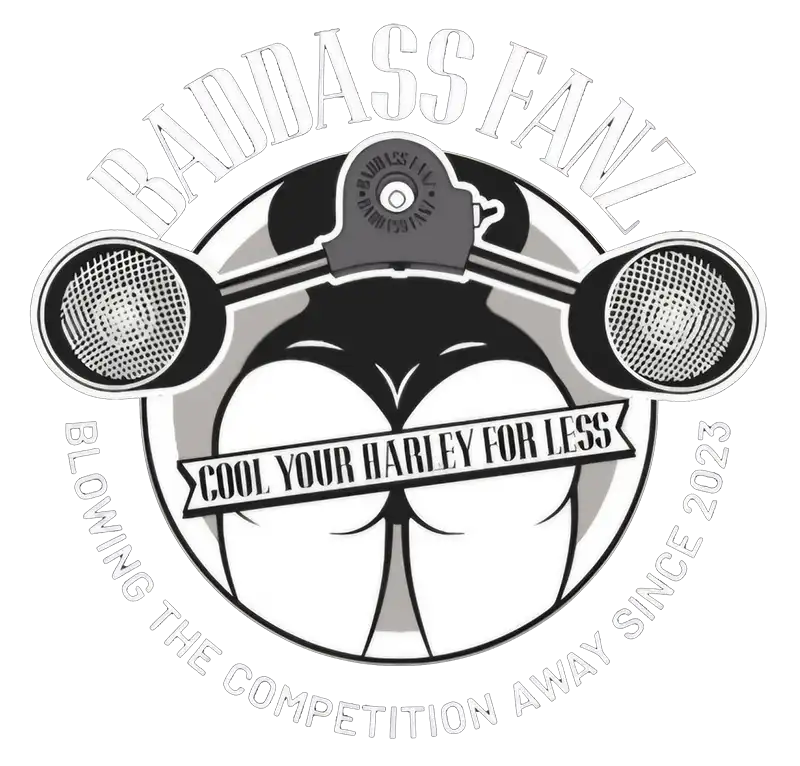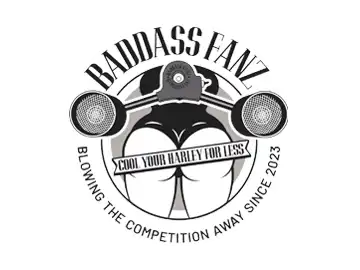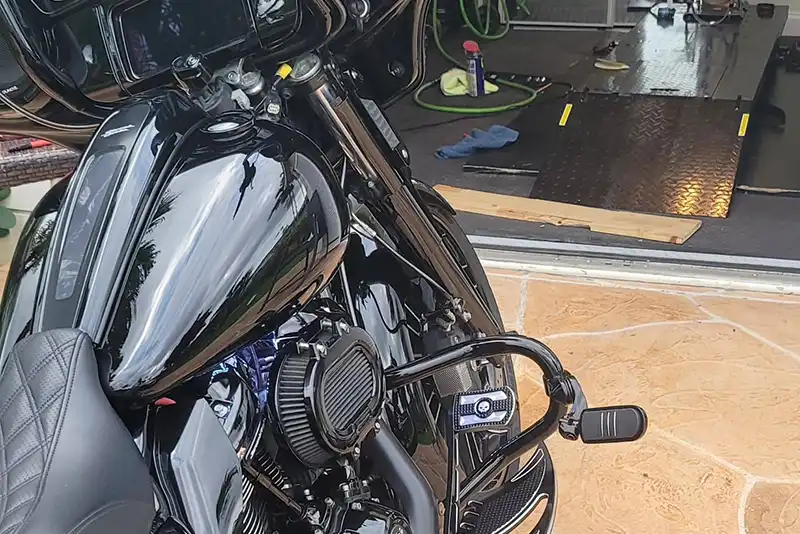Harley Davidson’s Impact on Motorcycle Culture
Harley Davidson was founded in 1903 in Milwaukee, Wisconsin, by William S. Harley and Arthur Davidson. The company started in a small wooden shed with the words “Harley-Davidson Motor Company” crudely painted on the door. The founders were driven by a passion for innovation and a love for motorcycles.
Early Innovations and Challenges
The first Harley Davidson motorcycle was built with a single-cylinder engine and was designed to be a racing machine. This early focus on performance set the stage for the brand’s future success. However, the initial years were not without challenges. The small team had to overcome technical difficulties and resource constraints to produce a reliable machine.
Expansion and Growing Popularity
It wasn’t long before the brand gained popularity for its performance and durability. By 1907, Harley Davidson was producing over 150 motorcycles a year, marking the beginning of its journey to becoming a household name. The company began expanding its production facilities to meet the growing demand, solidifying its presence in the burgeoning motorcycle market.
Building a Brand Identity
As Harley Davidson continued to grow, it began crafting a distinct brand identity. The motorcycles were marketed not just as vehicles, but as symbols of adventure and independence. This branding was crucial in establishing Harley Davidson’s image as more than just a manufacturer, but a purveyor of lifestyle and culture.
What Did Harley Davidson Do?
Harley Davidson didn’t just build motorcycles; it built a lifestyle. The brand quickly became synonymous with the open road, freedom, and adventure. Here’s how Harley Davidson made its mark:
Establishing a Community
One of Harley Davidson’s significant contributions to motorcycle culture is the creation of a strong community. The Harley Owners Group (H.O.G.) was established in 1983 and has since grown to millions of members worldwide. This community fosters a sense of belonging among riders and organizes events, rallies, and rides that bring enthusiasts together.
The Role of H.O.G. in Fostering Loyalty
The Harley Owners Group plays a pivotal role in fostering customer loyalty and brand attachment. By creating exclusive events and providing unique experiences for members, H.O.G. enhances the ownership experience, encouraging repeat customers and brand advocates.
Events and Rallies: A Cultural Phenomenon
Harley Davidson events and rallies have become cultural phenomena, drawing enthusiasts from around the world. These gatherings are not just about riding; they are celebrations of the Harley lifestyle, complete with concerts, expos, and community-building activities.
The Bond Among Riders
The community aspect of Harley Davidson extends beyond organized events. There is a profound sense of camaraderie among riders, often described as a “brotherhood” or “sisterhood,” where fellow enthusiasts support each other both on and off the road.
Innovation and Design
Harley Davidson has always been at the forefront of innovation in the motorcycle industry. From introducing the V-twin engine in 1909 to pioneering new designs and technologies, Harley Davidson has consistently pushed the boundaries of what motorcycles can be. The brand’s iconic designs, characterized by their rugged and powerful appearance, have set the standard for motorcycle aesthetics.
The V-Twin Engine Legacy
The introduction of the V-twin engine was a game-changer for Harley Davidson. This innovation provided more power and a distinctive sound that became a hallmark of the brand. The V-twin engine’s legacy continues to influence motorcycle design and performance.
Aesthetic Evolution: Form Meets Function
Harley Davidson’s aesthetic evolution reflects a commitment to form and function. The brand’s designs have evolved to incorporate modern technology while maintaining the classic look that enthusiasts love. This balance ensures that Harley Davidson motorcycles remain timeless yet relevant.
Technological Advancements
Beyond design, Harley Davidson has embraced technological advancements to enhance the riding experience. Innovations in suspension, braking systems, and electronic controls have improved safety and performance, demonstrating the brand’s dedication to continuous improvement.
Cultural Influence
Harley Davidson motorcycles have become a symbol of rebellion and counterculture. In the 1950s and 1960s, movies like “Easy Rider” and “The Wild One” featured Harley Davidson bikes, cementing their place in popular culture. The brand became associated with freedom, rebellion, and the spirit of adventure, influencing generations of riders and non-riders alike.
Hollywood’s Love Affair with Harley
Hollywood has played a significant role in embedding Harley Davidson into the cultural fabric. The portrayal of Harley bikes in films often aligns with themes of adventure and non-conformity, enhancing their allure.
Music and Motorcycles: A Natural Connection
The association between Harley Davidson and music, particularly rock and roll, adds another layer to its cultural influence. Bands and musicians frequently incorporate Harley imagery into their work, reinforcing the brand’s rebellious image.
The Global Symbol of Freedom
Internationally, Harley Davidson is recognized as a symbol of American freedom and ingenuity. This global perception has helped the brand transcend cultural boundaries and establish a presence in diverse markets.
Harley Davidson History
Understanding Harley Davidson’s history helps to appreciate its impact on motorcycle culture. Here are some key milestones:
The World Wars
During World War I and II, Harley Davidson supplied motorcycles to the U.S. military, significantly boosting its reputation for reliability and toughness. These efforts not only helped the war cause but also introduced many soldiers to the world of motorcycling, who continued their passion after returning home.
Military Innovations
The military contracts required Harley Davidson to innovate rapidly, resulting in robust and versatile motorcycles. These wartime innovations laid the groundwork for future civilian models that capitalized on enhanced durability and performance.
Post-War Influence on Veterans
Returning soldiers often became lifelong Harley enthusiasts, having developed an affinity for the brand during their service. This veteran influence contributed to the growth of Harley Davidson’s customer base in the post-war years.
A Legacy of Service
Harley Davidson’s contribution to the military established a legacy of service and reliability. This legacy continues to resonate with riders who value the brand’s historic role in supporting national efforts.
The Post-War Boom
The post-war era saw a surge in motorcycle popularity, with Harley Davidson leading the charge. The brand capitalized on the demand for personal transportation and leisure riding. Its motorcycles became a staple of American life, symbolizing both economic prosperity and the desire for freedom.
Economic Prosperity and Motorcycle Demand
The economic prosperity of the post-war era fueled demand for personal vehicles, including motorcycles. Harley Davidson’s robust and stylish models appealed to consumers seeking both practicality and leisure.
The Rise of Motorcycle Clubs
The post-war boom also saw the rise of motorcycle clubs, with Harley Davidson motorcycles often at their center. These clubs fostered a sense of community and shared identity among riders, further embedding Harley into American culture.
Cultural Shifts and Leisure Riding
As society shifted towards valuing leisure time and personal freedom, Harley Davidson motorcycles became synonymous with recreational riding. The brand’s image as a leisure vehicle contributed to its enduring popularity.
Surviving Challenges
Like any enduring brand, Harley Davidson faced its share of challenges. In the 1970s and 1980s, the company struggled with quality control issues and competition from Japanese manufacturers. However, Harley Davidson made a remarkable comeback by focusing on its core strengths: quality, heritage, and community.
The Quality Crisis of the 1970s
The 1970s brought quality control issues that threatened Harley Davidson’s reputation. The brand’s commitment to addressing these challenges was crucial in regaining consumer trust and improving product reliability.
Competition from Japan: A Turning Point
The rise of Japanese motorcycle manufacturers in the 1980s posed a significant threat. Harley Davidson’s strategic response included focusing on the brand’s unique heritage and community, differentiating itself from competitors.
The Comeback Strategy
Harley Davidson’s comeback strategy involved revitalizing its product line, enhancing manufacturing processes, and strengthening ties with its loyal customer base. This multifaceted approach ensured the brand’s resilience and long-term success.
Harley Davidson News Today
Harley Davidson continues to evolve and adapt to the changing landscape of the motorcycle industry. Here are some recent developments:
Embracing Electric
In response to growing environmental concerns and changing consumer preferences, Harley Davidson has ventured into the electric motorcycle market with the LiveWire. This move represents a significant shift for the brand and demonstrates its commitment to innovation and sustainability.
The LiveWire: A New Chapter
The introduction of the LiveWire marks a new chapter for Harley Davidson. As its first electric motorcycle, the LiveWire combines the brand’s iconic design with modern technology, appealing to a new generation of environmentally conscious riders.
Overcoming Electric Skepticism
Adopting electric technology in a traditionally gasoline-powered industry presents challenges. Harley Davidson’s efforts to educate consumers and showcase the benefits of electric motorcycles are crucial in overcoming skepticism and building acceptance.
The Future of Electric Motorcycles
Harley Davidson’s foray into electric motorcycles sets a precedent for the industry. As environmental considerations continue to shape consumer choices, the brand’s commitment to electric innovation positions it as a leader in sustainable motorcycling.
Expanding Global Reach
While Harley Davidson has always had a strong presence in the United States, it is now expanding its reach globally. The brand is focusing on new markets in Asia and Europe, introducing smaller and more affordable models to attract a broader audience.
Targeting Emerging Markets
Harley Davidson’s expansion into emerging markets, particularly in Asia, reflects a strategic effort to capture new customer segments. By offering models that cater to different preferences and price points, the brand aims to broaden its global footprint.
European Expansion: Meeting Diverse Needs
In Europe, Harley Davidson is adapting its offerings to meet diverse consumer needs. This includes developing models that comply with regional regulations and appeal to varying tastes, ensuring the brand’s relevance in competitive markets.
Building a Global Community
Beyond sales, Harley Davidson’s global strategy involves fostering a worldwide community. By organizing international events and supporting local clubs, the brand strengthens its global presence and cultural influence.
Strengthening Community Ties
Harley Davidson continues to foster a sense of community among its riders. The brand organizes numerous events and rallies, both large and small, to keep the spirit of camaraderie alive. These gatherings celebrate the shared passion for riding and the unique culture Harley Davidson has cultivated.
Local and Global Events
Harley Davidson’s event strategy includes both local and global gatherings. These events provide platforms for riders to connect, share experiences, and celebrate their shared passion, reinforcing the brand’s community-focused ethos.
The Role of Dealerships
Dealerships play a crucial role in strengthening community ties. By hosting events and acting as local hubs for enthusiasts, dealerships facilitate engagement and nurture the Harley Davidson community at the grassroots level.
Online Communities: Bridging Distances
In the digital age, online communities have become vital for connecting riders across distances. Harley Davidson leverages social media and digital platforms to engage with enthusiasts, ensuring the community thrives in both physical and virtual spaces.
Baddass Fanz: Harley Davidson Cooling Fan Alternative
Looking for a cool way to enhance your motorcycle’s performance? Say hello to Baddass Fanz – the perfect alternative to traditional Harley Davidson cooling fans! These innovative fans are designed to keep your ride running smoothly, no matter how intense the heat gets on the road. Not only do they offer top-notch cooling capability, but they also bring a touch of flair to your bike with their sleek design. With Baddass Fanz, you can hit the road with confidence and style, knowing that your engine is getting the best cooling treatment possible.
Baddassfanz
561-932-7607
View our Google Listing


